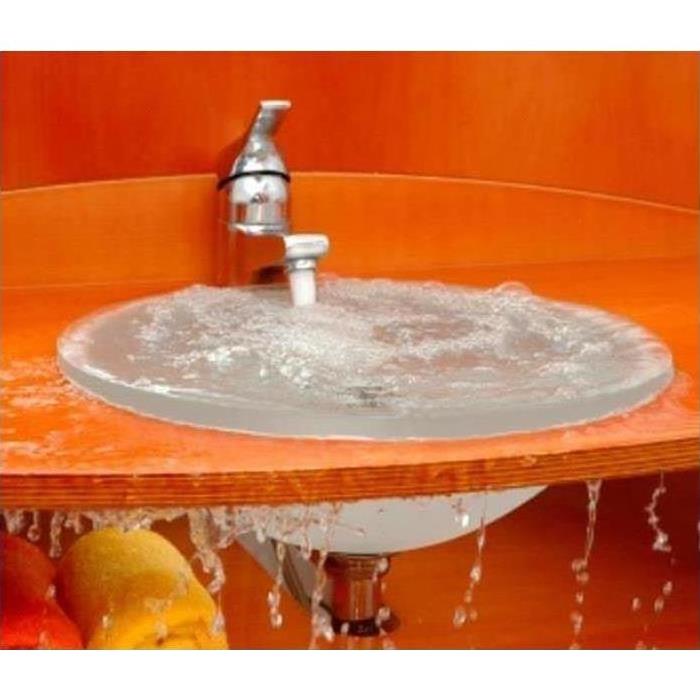Water Damage - Know What You Are Dealing With
10/21/2019 (Permalink)
Category 1: Clean Water Damage
Water damage from clean water is the easiest to manage, but it still requires quick action plus specialized equipment and techniques. Clean water can come from a water heater, dishwasher that malfunctions, the city water supply, a well when a pipe bursts or damaged supply lines to appliances or toilets. When clean water floods your home or business, most flooring, building structure and contents can be saved when quick action is taken.
Category 2: Gray Water Damage
A gray water flood comes from water that’s known to contain a significant amount of physical, chemical or biological contamination. Exposure to this water can cause illness and property damage if action isn’t taken quickly. Gray water damage may come from a urine-filled toilet bowl, dishwasher or washing machine discharge or a failed sump pump. Any water that needs to be sanitized before use is gray water. Structure and possessions impacted by gray water must be removed to prevent the growth of mold and to prevent further damage. Some materials may be restored, but most items will be lost when impacted by gray water.
Category 3: Black Water Damage
Black water damage at your home or business is the most dangerous to your health and the most damaging to your structure and its contents. This damage from highly contaminated water can cause illness and disease and must be dealt with immediately. Black water can come from a sewage backup, an overflowing river, seawater or other water from the outside. Any water left standing for more than 48 to 72 hours may become black water as bacteria levels in its rise from stagnation. Special equipment, training, and sanitation instruments and procedures, as well as possible mold remediation, are necessary to deal with black water damage.






 24/7 Emergency Service
24/7 Emergency Service
